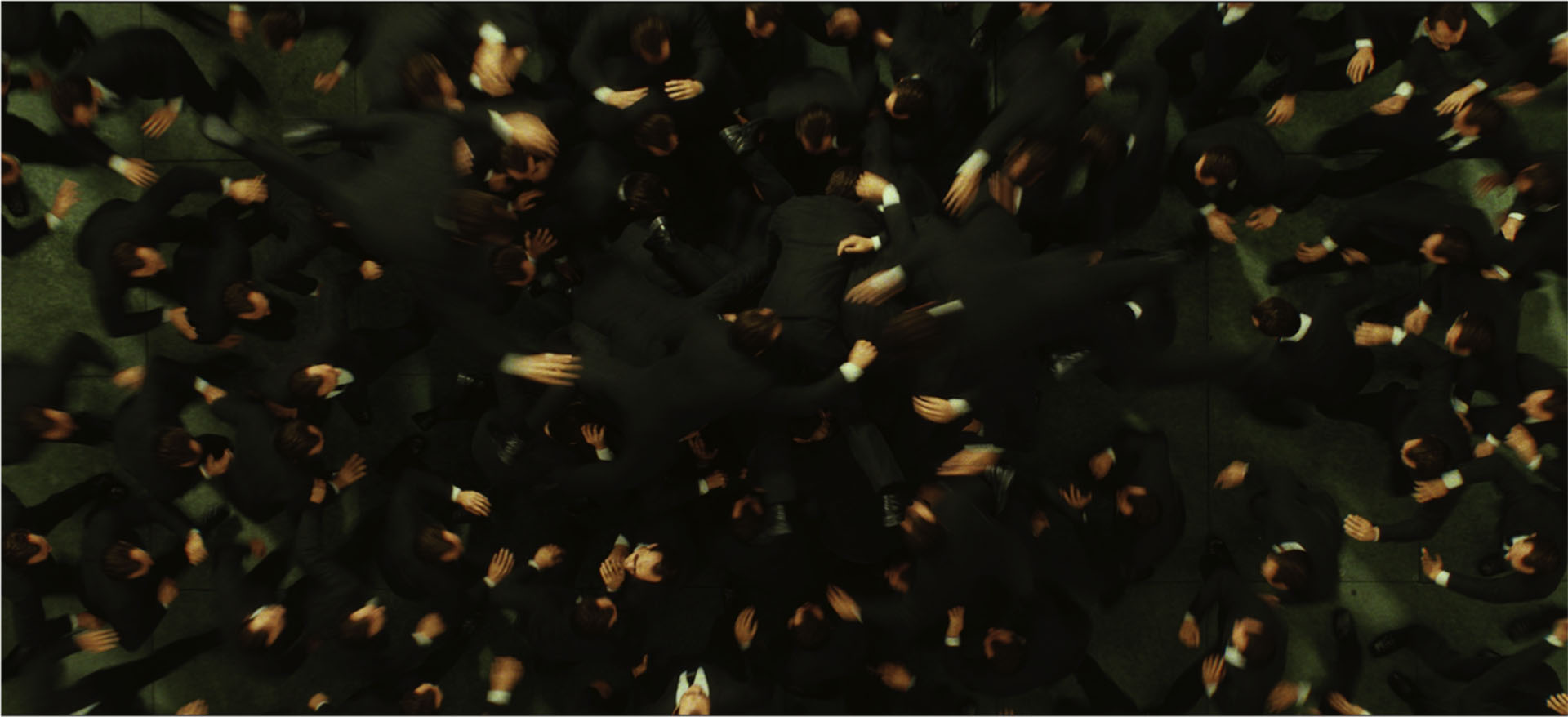
Color Symmetry Version 1.5 With Universal Look Authoring Announced
With Color Symmetry, Custom Looks Can Now Be Created and Viewed Across Popular Post-Production Tools
(Las Vegas NAB–April 16, 2008) Duiker Research Corp., creator of the Color Symmetry plug-in suite, has announced Color Symmetry Version 1.5 with Universal Look Authoring.
Color Symmetry is a complete solution for emulating film looks and handling color consistently within industry-standard animation, graphics, effects and post-production packages. Version 1.5 supports a growing number of post workflows and formats as well as today’s increasingly creative look development demands.
Key new features include:
- Universal Look Authoring – Two new nodes in the Color Symmetry plug-in suite allow custom looks to be authored within one Color Symmetry-supported application and then used instantly within any other Color Symmetry-supported application. For example, a director or DP can create a look in a Color Symmetry-supported application of their choosing (such as Adobe Photoshop), and have that look used correctly by their collaborators.
- Expanded LUT Support – Color Symmetry’s Look Up Table (LUT) support has been expanded to include a comprehensive range of LUT formats. This includes new support for LUTs for Discreet Flame, LUTher and Fusion as well as ICC profiles. Color Symmetry now also encompasses tools to convert between and among various formats.
- Plug-ins for More Applications – The Color Symmetry suite, which already provides plug-ins for a broad range of popular toolsets, has been extended to include new software releases such as The Foundry’s NUKE 5.0 and Autodesk Maya 2008.
- Monitor Calibration Solution – Volume sales of Color Symmetry Version 1.5 with Universal Look Authoring will ship with Pantone Eye One, providing base-level calibration for monitors and displays.
“Color Symmetry 1.1 solved the problem of emulating film in the digital workflow,” said Haarm-Pieter Duiker, founder of Duiker Research. “Version 1.5 takes the next step by allowing users to create and accurately pass on their own Film Looks. Film Looks can be created and viewed interchangeably within industry-standard applications by various different collaborators — DPs working in Photoshop, graphics design firms working in After Effects, film companies using Shake, Nuke or Fusion and film finishing houses using Scratch or Framecycler.”
Color Symmetry addresses the needs for film look emulation, color space conversion and color operations in a single package that is consistent across applications and platforms. It solves a fundamental digital post-production challenge by allowing artists creating and rendering shots and elements to see the images as they would appear on film. It offers Identical Color Handing across vastly different software packages, color spaces and user platforms and even allows consistent work between the logarithmic world of 2D live-action color imagery and linear world of 3D lighting and floating-point high-dynamic color range.
Early adopters of Color Symmetry include such companies as Evil Eye Pictures in San Francisco, The Lab VFX R&D in Mexico and Sony Entertainment Europe.
Pricing & Availability
Color Symmetry Version 1.5 with Universal Look Authoring is available now. For sales and purchasing information, please contact info@duikerresearch.com or call (415) 771-8991.
The Color Symmetry plug-in suite includes platform-transparent support for Windows, Linux and Macintosh OSX operating systems. A single license of Color Symmetry provides color handling and film look capabilities within all of the following applications:
- Adobe After Effects
- Adobe Photoshop
- Apple Shake
- Autodesk 3ds Max
- Autodesk Maya
- Avid Softimage XSI
- Autodesk Toxik
- Newtek Lightwave
- The Foundry NUKE
- Eyeon Digital Fusion
- Iridas Framecycler
- Assimilate Scratch
- OpenFX
Color Symmetry additionally integrates directly into production renderers (mental images Mental Ray, Splutterfish Brazil) for projects that require command line rendering support.





